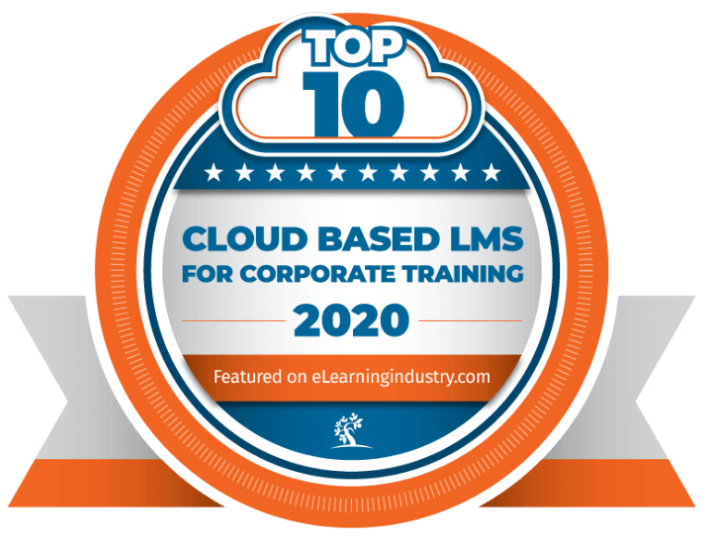March 21, 2024
Optimizing Workforce Excellence: Navigating the Future with Training Management Systems

The modern business landscape is a whirlwind of constant adaptation, where technological breakthroughs and demographic shifts demand one crucial advantage: a workforce brimming with skill and agility. This focus on workforce excellence has become the bedrock of organizational success in this dynamic environment. Organizations recognize the importance of offering employees continuous training and development opportunities. They also use innovative solutions like Training Management Systems (TMS) to optimize training and development processes. This recognition is reinforced by Gallup’s State of the Global Workplace: 2023 Report, revealing that 60% of employees globally resort to “quiet quitting” when there is no professional growth.
The training management system is a beacon of efficiency, facilitating seamless learning experiences, empowering employees with essential skills, and aligning organizational objectives with individual aspirations. This blog will delve into the intricacies of training management systems, providing leaders from the learning & development (L&D) industry a way forward for maximum workforce optimization.
What Is a Training Management System?
A training management system is a comprehensive platform that empowers organizations to seamlessly manage and master every aspect of their commercial training programs. It encompasses critical facets, from initial budgeting and administrative logistics to instructor coordination, learner enrollment, and class optimization. Additionally, TMS facilitates resource allocation, program implementation, and robust data analysis through integration with a learning management system (LMS).
Integrating different functionalities like course scheduling, payment tracking, marketing, and revenue monitoring into one cohesive solution, a TMS acts as a centralized hub that simplifies the back-end management of training programs.
How Does It Differ from a Learning Management System?
Think of the training management system as the behind-the-scenes hero that organizes all the paperwork and scheduling for training sessions. It’s like the administrative wizard. On the other hand, a learning management system is like a virtual library, where learners can access all sorts of readily available online courses and materials.
Together, the TMS and LMS seamlessly integrate within a learning program, ensuring the delivery of efficient and impactful training for learners and the L&D team.
Why Should a Training Management System Be Your Choice in 2024?
Every training schedule already has some form of management system in place to function smoothly. While their current system may lack flashy features, such as a sleek interface, it effectively manages their training operations using spreadsheets or similar tools. The question to consider is whether their existing system merely aids in survival or if it empowers them to thrive in their competitive industry.
The era of manually inputting data across various platforms is long gone. A training management system streamlines tasks like scheduling courses and presenters, monitoring payments and business growth, and executing marketing campaigns—all within a single platform. By reducing time spent on administrative duties, they can focus more on expanding their training business. With a TMS central to their operations, they gain valuable insights through smart reporting features, positioning themselves ahead of competitors and enabling further expansion.
In essence, embracing an up-to-date, responsive, and efficient training provider business becomes their ultimate goal.
Key Characteristics of a Training Management System
A training management system is an all-in-one solution for creating, scheduling, and delivering online training. It’s especially useful for large companies managing multiple courses.
Boost Efficiency
- Workflow Automation: Tasks such as automating emails for registration confirmations and training expiry notifications are streamlined, freeing learning management and assessment time.
- Learner Management: Online learner registration, progress tracking, and identification of skill gaps are consolidated within the system. Access to courses and resource management are simplified, ensuring everyone stays on the same page.
Business Expansion
- Marketing & Sales: With a built-in CRM, customer segments can be managed, targeted campaigns can be run, and new audiences can be reached effectively. The software suite empowers effective course-selling strategies.
- Payment & Invoices: Multiple payment gateways and automatic order and invoice generation simplify fee management. Real-time payment tracking ensures smooth financial operations.
Conclusion
Implementing a training management system in 2024 is crucial for organizations aiming to survive and thrive. A TMS streamlines administrative tasks, enhances efficiency, and facilitates business expansion through integrated marketing and financial management features. It’s a strategic imperative for organizations committed to staying ahead in workforce development and training, enabling them to excel in the dynamic business landscape of today and tomorrow.
At Unlock:Learn, we pride ourselves on being anything but your run-of-the-mill learning technology company. Our firm’s foundation in corporate training serves as the compass for shaping every feature, screen, and icon within the Unlock:Learn platform.







